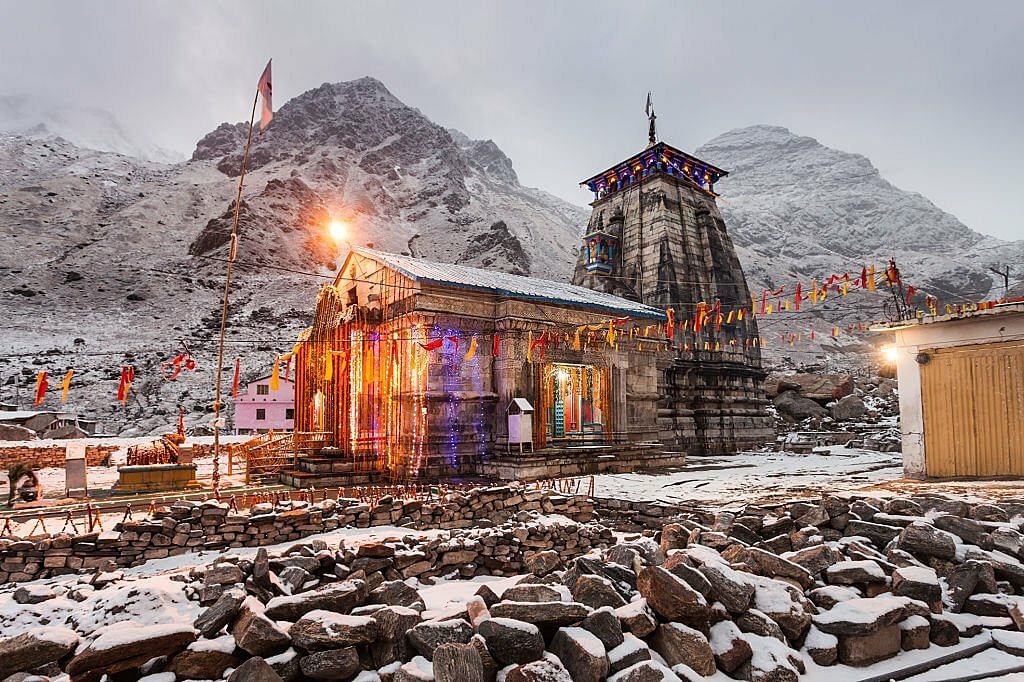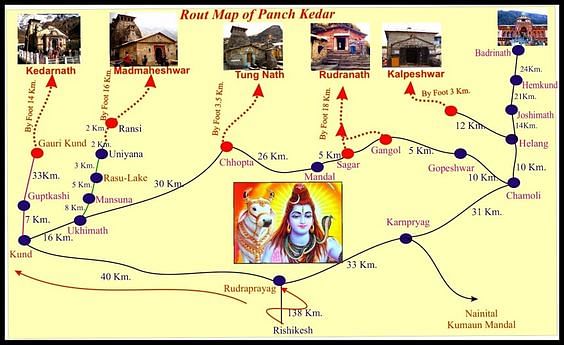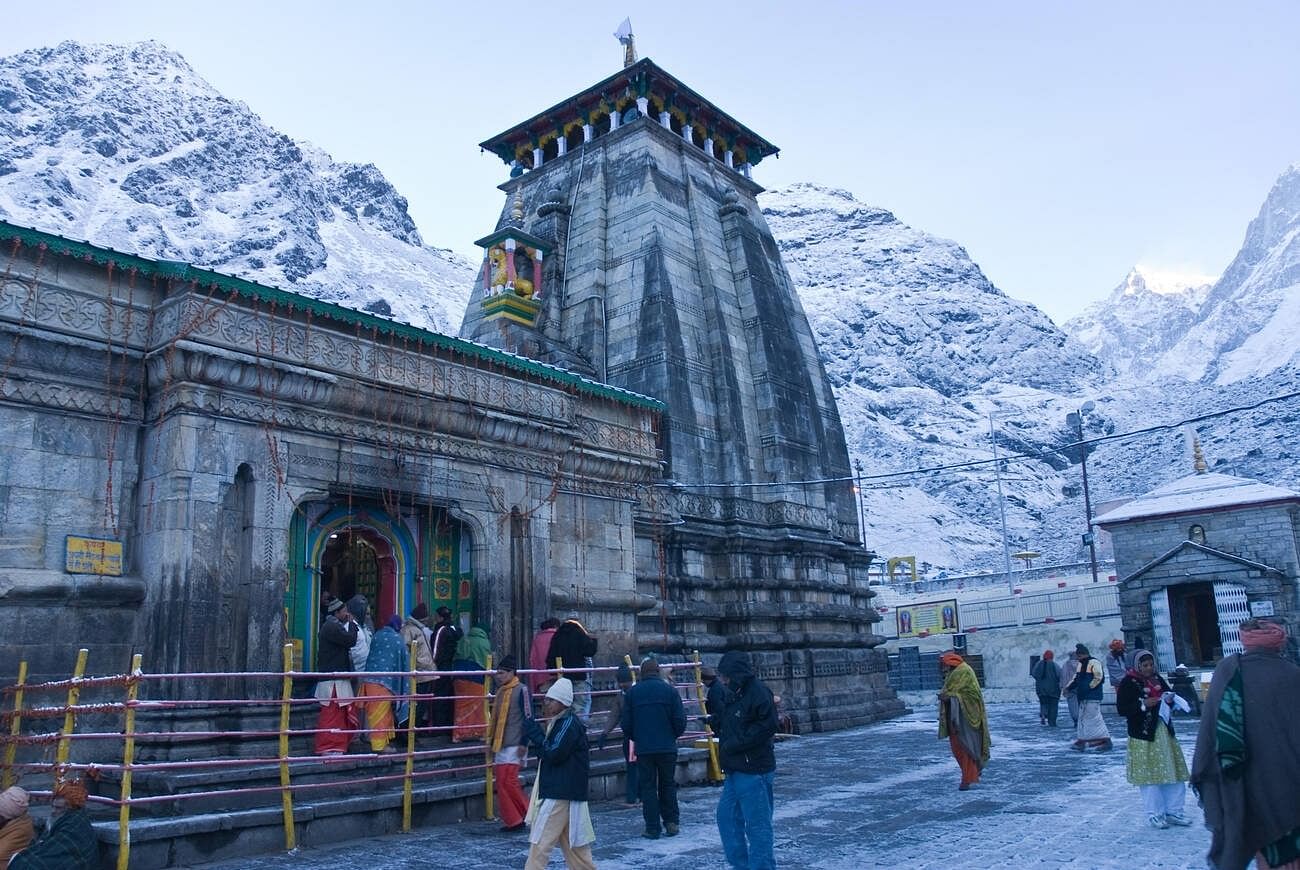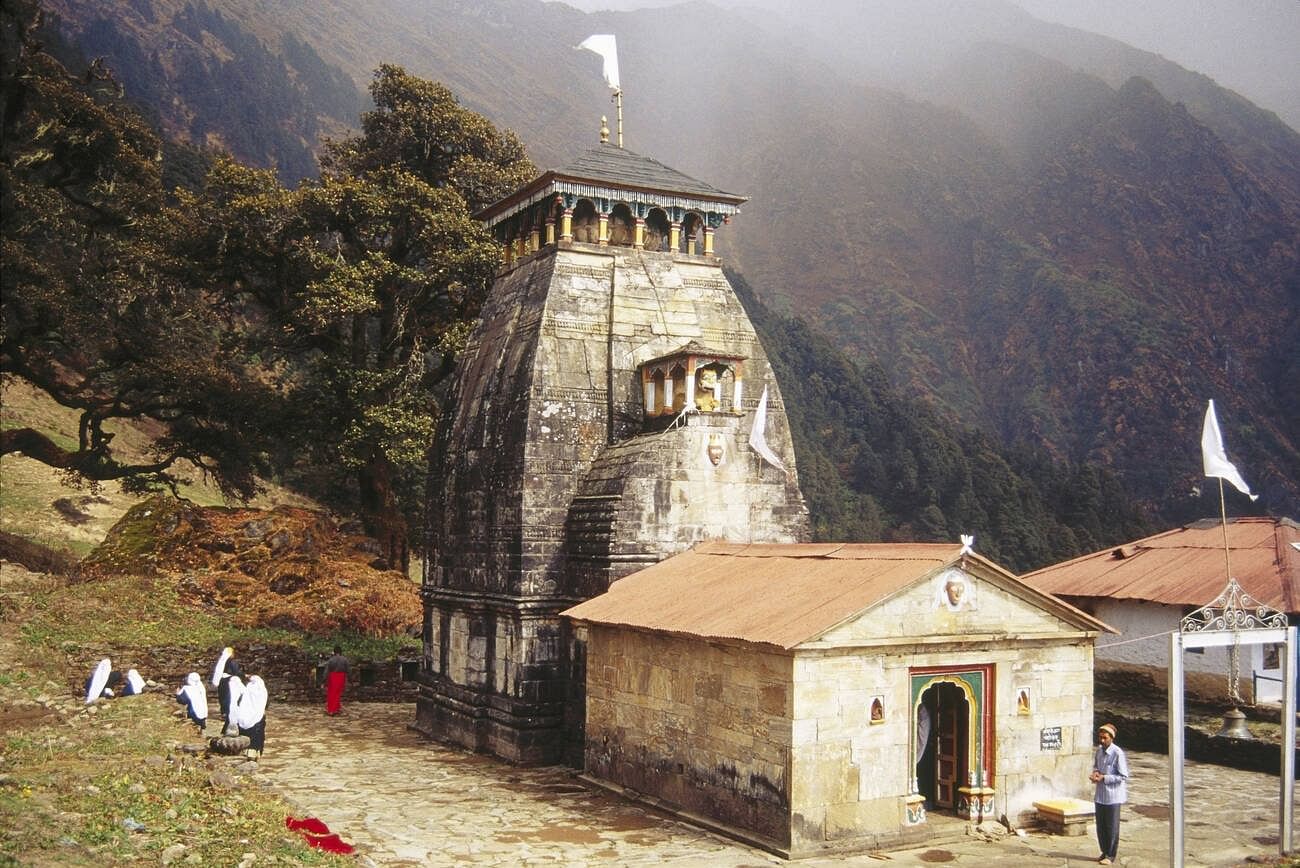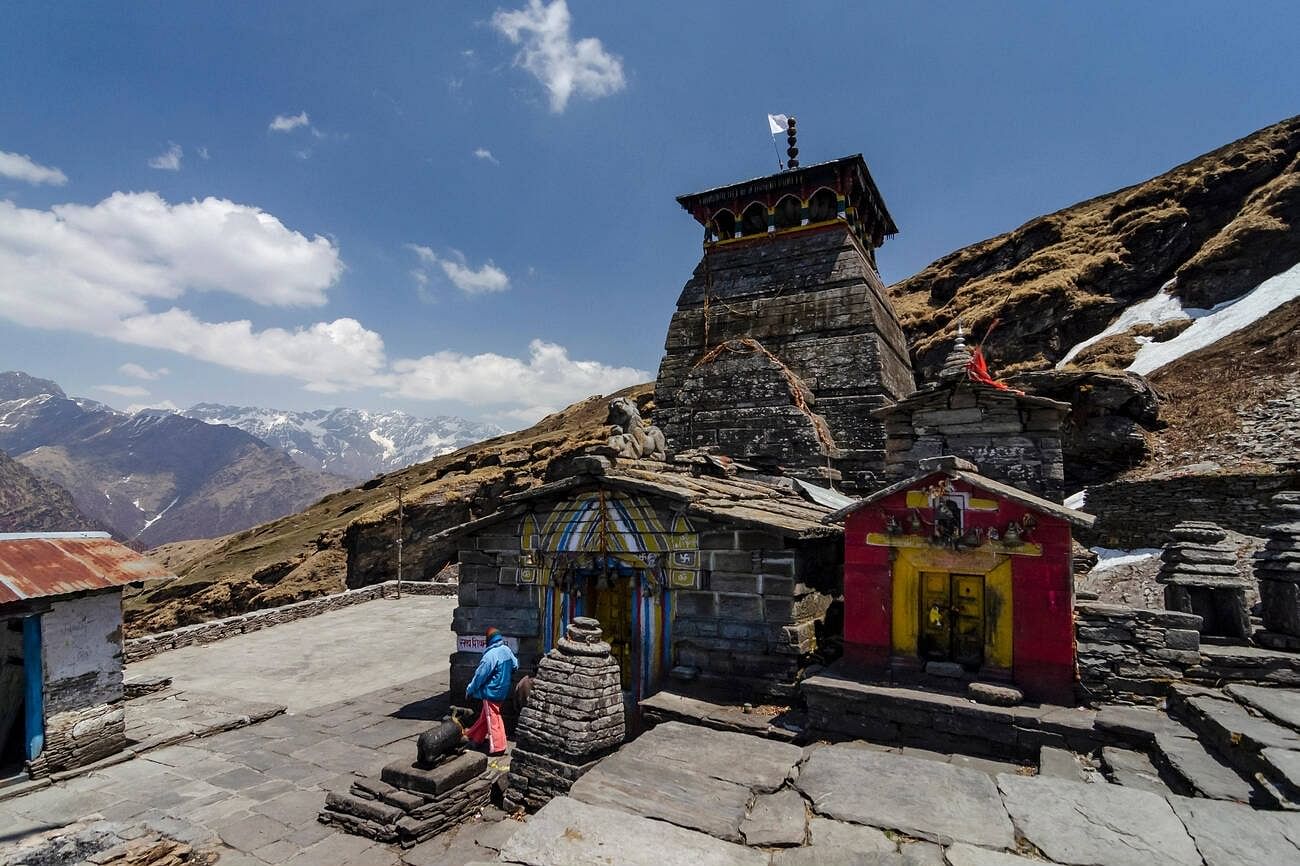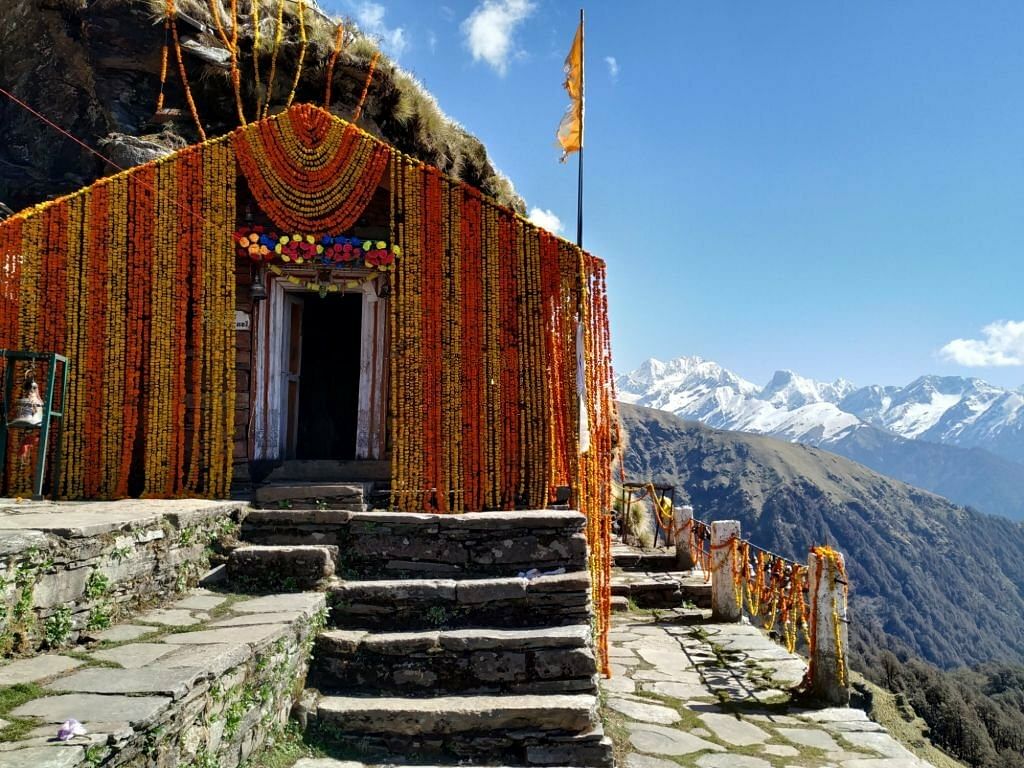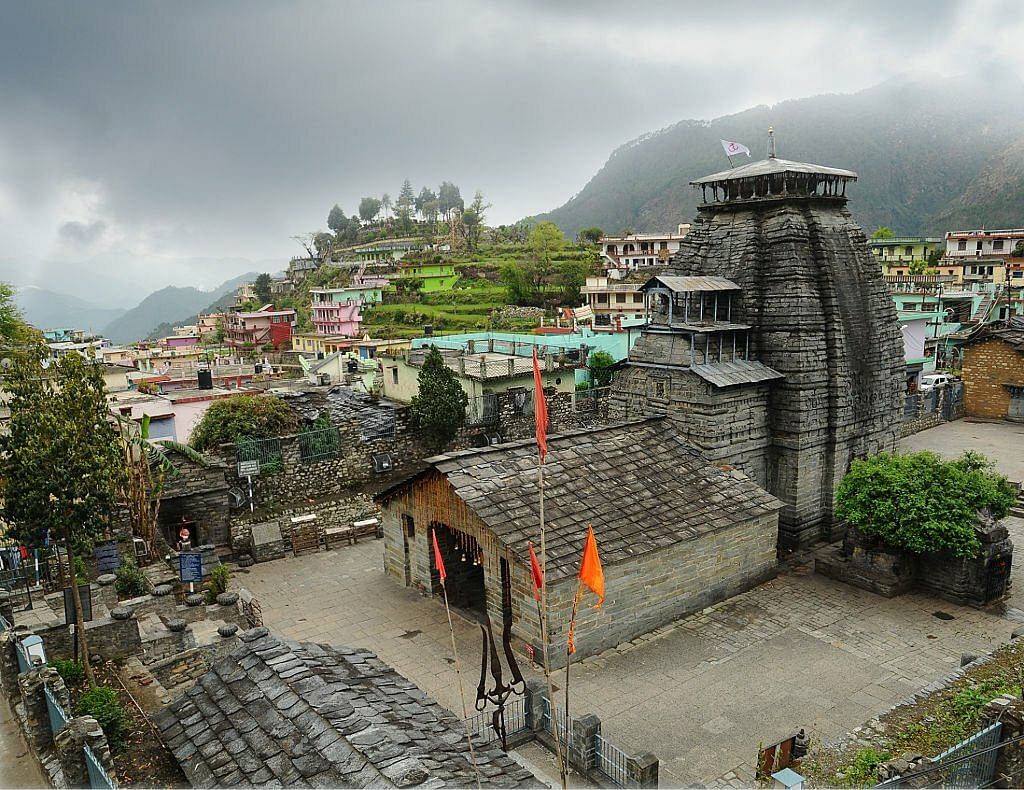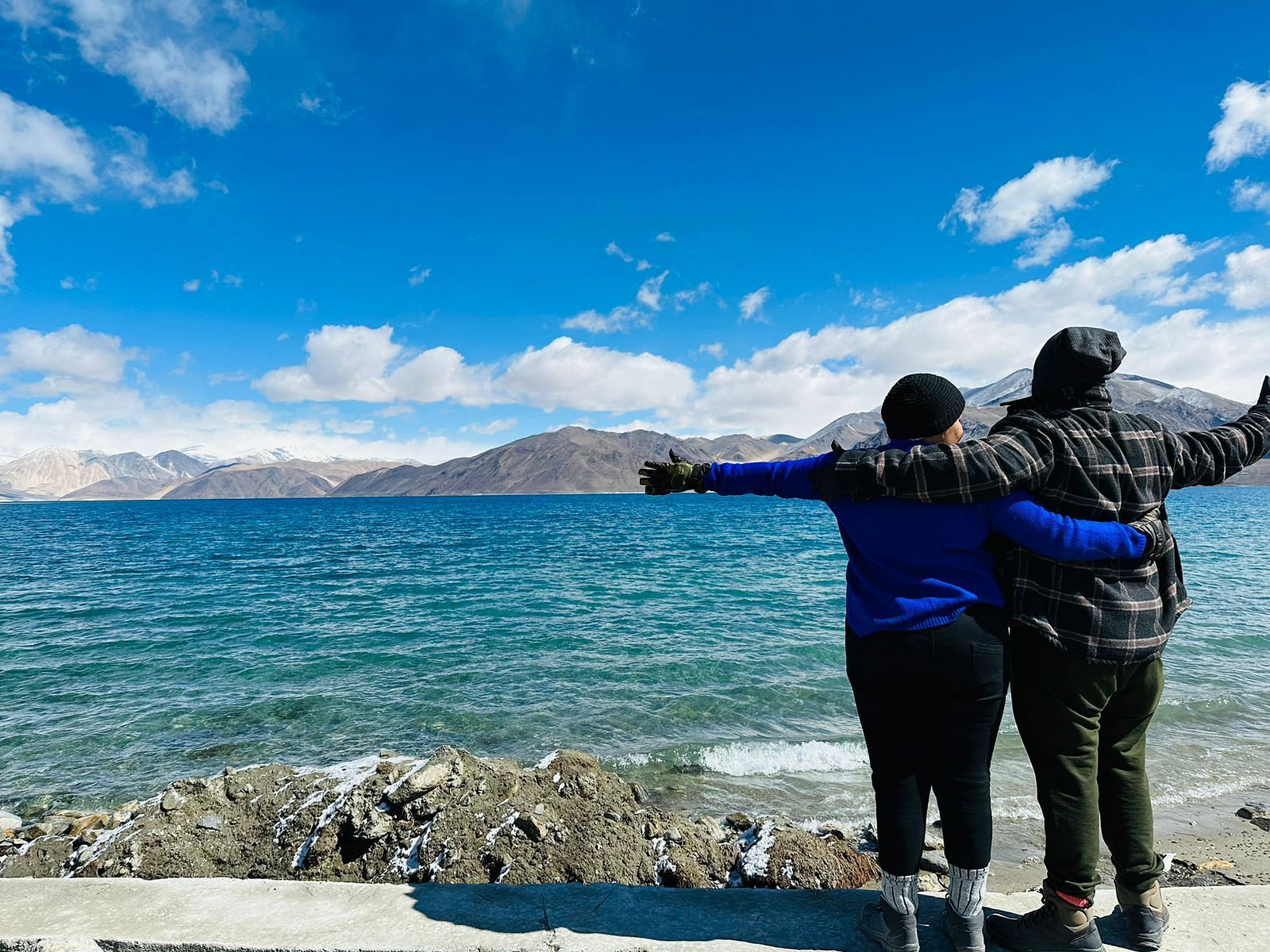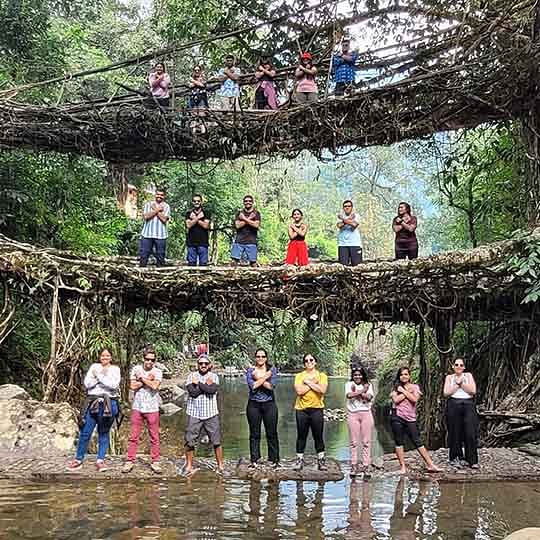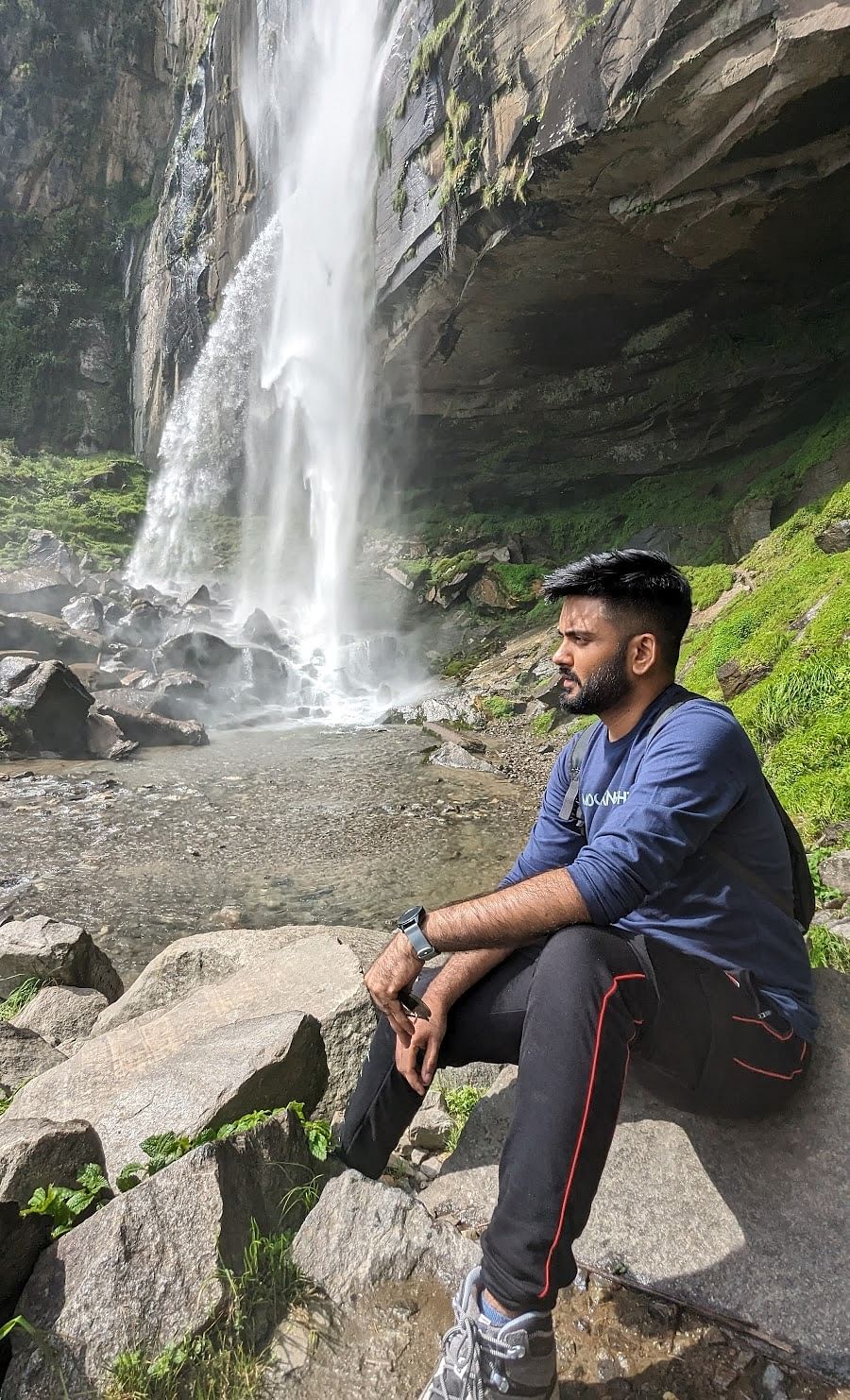A Tour to Uttarakhand, the chosen “Land of Gods” in the northern part of the Indian subcontinent is one of the best ways to experience spirituality and nature together. This state is one of the most popular states for spiritual tourism as this state houses some most revered pilgrim sites for Hindus like the Chota Chardham, Panch Kedar, Panch Prayag, and many others.In this blog, we will talk about the Panch Kedar Dham – a sacred pilgrimage circuit nestled in the Garhwal region of Uttarakhand. It is a journey that takes devout pilgrims on a spiritual journey to five ancient temples dedicated to Lord Shiva.
The term “Panch Kedar” translates to “Five Kedars,” as “Panch” means five and “Kedar” is one of the names of the beloved God Shiva. The five temples that are a part of Panch Kedar Uttarakhand are Kedarnath, Madhmaheshwar, Tungnath, Rudranath, and Kalpnath.
The formation of Panch Kedar Dham has a very interesting local legend, which dates back to the Dvapar Yuga, the time when the famous Indian Epic of Mahabharata took place. Let’s know more about this local legend.
Also Read: Gartang Gali: An Ancient India-Tibet Route In Uttarakhand
In the epic of Mahabharata, the Pandavas defeat the Kauravas in the final battle of Kurukshetra. The horrors of these deadly battles lingered in everyone’s mind and the ones who remained alive (the Pandavas) had a heavy guilt of killing their own teachers, friends, and family members (the Kauravas were the cousins of Pandavas).The Pandavas wished for reparation for the sins they had committed during the Kurukshetra war and on the advice of Lord Krishna, they handed over their kingdom to their kins and left in search of Lord Shiva to seek mercy.
First, they went to the holy city of Varanasi (Kashi), which is believed to be Lord Shiva’s favorite city and today is known for the famous Kashi Vishveshwar Temple (1 of 12 jyotirlingas). However, Shiva wanted to avoid them as he was very angry over the death and injustice at the war and so he did not respond to Pandavas’ prayer.
He changed his form into a bull named Nandi and hid in the Garhwal region in Uttarakhand. This area is today known as Guptkashi meaning the hidden Kashi, derived from the hiding act of Shiva. Not able to find Shiva in Varanasi, the Pandavas then headed to the Himalayas.
Bhima, the strongest amongst the Pandava brothers, spotted a bull grazing in the meadows around Guptkashi in the Garhwal Himalayas. He immediately recognized the bull to be Lord Shiva (as Nandi – the bull was the vehicle of Lord Shiva). Bhima chased the bull and caught hold of the hump of the bull.
But the bull disappeared into the ground, while the hump remained in Kedarnath. The other body parts of the bull then reappeared in four other places. The arms in Tungnath, the face in Rudranath, the navel and stomach at Madhyamaheshwar, and the hair in Kalpeshwar/ Kalpnath.
The Pandavas then built temples in these five places for pleasing and worshipping Lord Shiva and thus, the Pandavas were freed from their sins. Thus, the Garhwal region of the Himalayas is also known as the “Kedar Khand” as this whole event took place here.
Also Read: Secrets Of Skeleton Lake, Uttarakhand: Roopkund Dark History
The Panch Kedar Yatra is undertaken by the pilgrims by visiting the temples according to the order of importance. But, this Panch Kedar Yatra is not for the faint-hearted as most of the Panch Kedar Dham are accessible only by trekking. It is believed that this sacred pilgrimage will introduce you to your divine self. Here is the detailed guide on the Panch Kedar Shrines.1. Kedarnath Temple – The Most Visited Panch Kedar
Kedarnath is one of the most revered pilgrimage sites for Hindus. It is also one of the 12 jyotirlingas and one of the chota Chardham of Uttarakhand. The Kedarnath temple has a unique conical-shaped Shivlingam, which is the remnant of the hump of the bull form of Lord Shiva.One of the significant rituals practiced in Kedarnath temple is that the abhishek of the lingam is done with ghee every day. It is believed that this ritual is attributed to Bhim massaging the injured hump of the bull with ghee, after recognizing the true identity of the bull. The temple that exists today is said to be built by Adi Shankaracharya in the 8th-9th century
Kedarnath Temple is situated in the Rudraprayag district of Uttarakhand, India. It’s perched at a lofty altitude of 3,583 meters amidst the Garhwal Himalayas. The temple is surrounded by snow-clad peaks, lush greenery, and the mighty Mandakini River, making it a location of unmatched natural beauty and spiritual significance. The beauty of this temple is further enhanced by the picturesque backdrop of the mighty Kedarnath peak.
Reaching Kedarnath Temple is an adventurous journey. Pilgrims need to trek/ take a mule or porter from Gaurikund, which is the base camp for the temple. The trek involves traversing a picturesque 16 kilometers uphill route, which takes upto 8-10 hours. It is advisable to take it slow to acclimatize to the high altitude. The journey, though challenging, offers breathtaking views of the Himalayan landscape.
One can also reach Kedarnath by taking a helicopter ride from the Shahtradhara Base in Dehradun. The helicopter ride will also provide a memorable experience as you will witness the mighty Himalayas and deep valleys from a bird’s eye view.
Accommodations around Kedarnath Temple are simple but comfortable. Pilgrims can find guesthouses, lodges, and tents to stay in. These places offer basic amenities and ensure that you have a cozy and safe place to rest after the long trek. It is necessary to check the availability prior, as there are very limited stays around the temple, and are sold out during the peak season of the Panch Kedar Yatra.
2. Madhyamaheshwar – The Second Panch Kedar
Madhyamaheshwar Temple, an integral part of the Panch Kedar Dham, remains a hidden gem in the Himalayas. Madhyamaheshwar Temple is dedicated to Lord Shiva and symbolizes the navel of the divine form. It is not as well-known as some of the other Kedars, making it a peaceful haven for devotees. Pilgrims visit Madhyamaheshwar to seek blessings and experience the serenity of this sacred place. The temple holds a special significance during the Madhyamaheshwar Mahadev Fair, which draws devotees from far and wide. There are 2 smaller shrines here, dedicated to Lord Shiva’s consort Goddess Parvati and the other one to the Ardhanarishwara.
Nestled in the Garhwal Himalayas of Uttarakhand in Mansoona village, the Madhyamaheshwar Temple is perched at an altitude of 3,490 meters. It’s surrounded by lush forests, glistening glaciers, and breathtaking meadows, making it a paradise for nature enthusiasts. One can enjoy the spectacular views of the Kedarnath, Neelkanth and Chaukhamba peaks while on this Panch Kedar trek.
Reaching Madhyamaheshwar involves a trek from Ransi, the base camp. The 16 to 20-kilometer trek is a journey through scenic beauty, with gushing rivers and dense forests accompanying you. The trek may be moderately challenging, but the serene surroundings make it worthwhile.
There are very limited homestays available in Madhyamaheshwar and they are very basic in nature. Trekkers and adventure enthusiasts also set up camps at the meadow beside the temple. Pilgrims generally find comfortable accommodation in guesthouses and lodges in Ransi or Ukhimath.
Also Read: Beautiful Yet Tragic – Story Of Nohkalikai Waterfalls Cherrapunji
3. Tungnath – The World’s Highest Shiva Temple
Tungnath Temple, a vital part of the Panch Kedar Dham, is not just a sacred place but also a haven for nature lovers. Regarded as the highest Shiva temple in the world, the word Tungnath literally means “Lord of the Peaks”. Tungnath is perched in the Rudraprayag district of Uttarakhand, India, at an astonishing altitude of 3,680 meters. It’s surrounded by lush meadows, snow-clad peaks, and the stunning Chandrashila Summit. The location makes Tungnath a paradise for trekkers and nature enthusiasts.
This 5000-year-old temple can be accessed by a 4-km trek from Chopta, which serves as the base camp. The 4-kilometer trek takes you through dense forests and offers magnificent views of the Himalayan range.
The journey may be challenging but has immensely rewarding views. It is a prominent stopover before the Chandrashila Peak, which offers 360-degree panoramic views of the surrounding Himalayan peaks like Panchulli, Nanda Devi, Dunagiri, Kedarnath and Bandar Poonch. The temple lies between the Alaknanda and Mandakini River valleys
There is no accommodation at Tungnath, but trekkers generally set up camps around the temple or near the Chandrashila Peak. One can find basic homestays, lodges and guesthouses in Chopta. While the facilities are simple, they ensure a comfortable and secure stay for pilgrims and trekkers.
4. Rudranath – The Divine Face of Panch Kedar Dham
Rudranath Temple is dedicated to Lord Shiva and represents His divine face. It’s a place of deep spiritual significance, though it’s relatively lesser-known than some of the other Kedars. Pilgrims visit Rudranath to seek the blessings of Lord Shiva and find solace in its serene environment. The temple truly comes alive during the Rudra Abhishek, a special ritual where Lord Shiva is bathed with devotion and reverence.Situated in the Garhwal Himalayas of Uttarakhand, India, Rudranath Temple stands at an altitude of 3,600 meters. Surrounded by lush meadows, alpine flowers, and majestic peaks, it’s a paradise for nature lovers and spiritual seekers alike.
The Vaitarani River that flows near this one of the Panch Kedar is considered to be a place where the deceased souls take a bath before entering the heavenly realms. One can enjoy the beautiful views of Hathi Parbat, Nanda Ghunti, Trishul, Nanda Devi and Devasthan peaks.
Reaching Rudranath involves a scenic trek from Sagar village, the base camp. The 21-kilometer trek takes you through dense forests and picturesque landscapes. The journey may be moderately challenging, but the tranquility and beauty of the surroundings make it worth the effort.
Mostly this Panch Kedar Trek is done in 2-3 days, as per your speed. Reaching Rudranath temple is considered the toughest trek among all the Panch Kedar Dhams. The temple is surrounded by beautiful meadows and high-altitude lakes like Manas Kund, and Tara Kund, which can be accessed by trekking further.
There are major camps set by the operators that take the pilgrims on this Panch Kedar trek. So, one can expect very basic accommodation in Rudranath. While there are guesthouses and lodges in Sagar. These places offer the basic amenities necessary for a cozy and secure stay during your pilgrimage.
Also Read: Jatinga Bird Suicide Mystery: Unsolving Bermuda Triangle Of Birds
5. Kalpeshwar – The Final Part of Panch Kedar Yatra
The name of the temple is derived from Lord Shiva’s divine hair – “Jata” (matted locks) that appeared here. It is the only temple in the Panch Kedar circuit that is open throughout the year. The pilgrims visit the temple to receive blessings and to find inner serenity. The temple comes to life on the occasion of Maha Shivharatri, a festival of grandeur and profound spiritual significance.Located in the Urgam Valley of Garhwal in Uttarakhand, India, Kalpeshwar Temple stands at an altitude of 2,200 meters. It’s embraced by lush green surroundings, enchanting forests, and a cave known as ‘Vishnu Gufa.’ The temple’s serene setting makes it a favorite among nature enthusiasts and those seeking solace.
Reaching Kalpeshwar involves a trek from Helang, the base camp. The 11-kilometer trek takes you through scenic landscapes and offers an opportunity to soak in the beauty of the region. The trek is relatively more accessible and suitable for pilgrims of all ages.
Accommodations around Kalpeshwar are simple and comfortable, with guesthouses and lodges in the nearby village of Urgam. These places provide essential amenities to ensure a cozy and secure stay during your pilgrimage.
Panch Kedar Yatra is a religious pilgrimage that reveals the sacred nature of the Himalayas to the world. This pilgrimage provides an opportunity to experience the divine presence of Lord Shiva and to explore the beauty of nature and the rich culture of the area. The journey of covering all 5 Kedars usually takes around 18-21 days. The journey is well rewarded with deep experiences and unforgettable memories that will remain with you forever. Panch Kedar Trek is more than just a pilgrimage, it is a journey of transformation that leaves you with a feeling of peace and divine mercy.
Also Read: Bibi Ka Maqbara Or Mini Tajmahal: Only Mughal Monument Of Deccan





